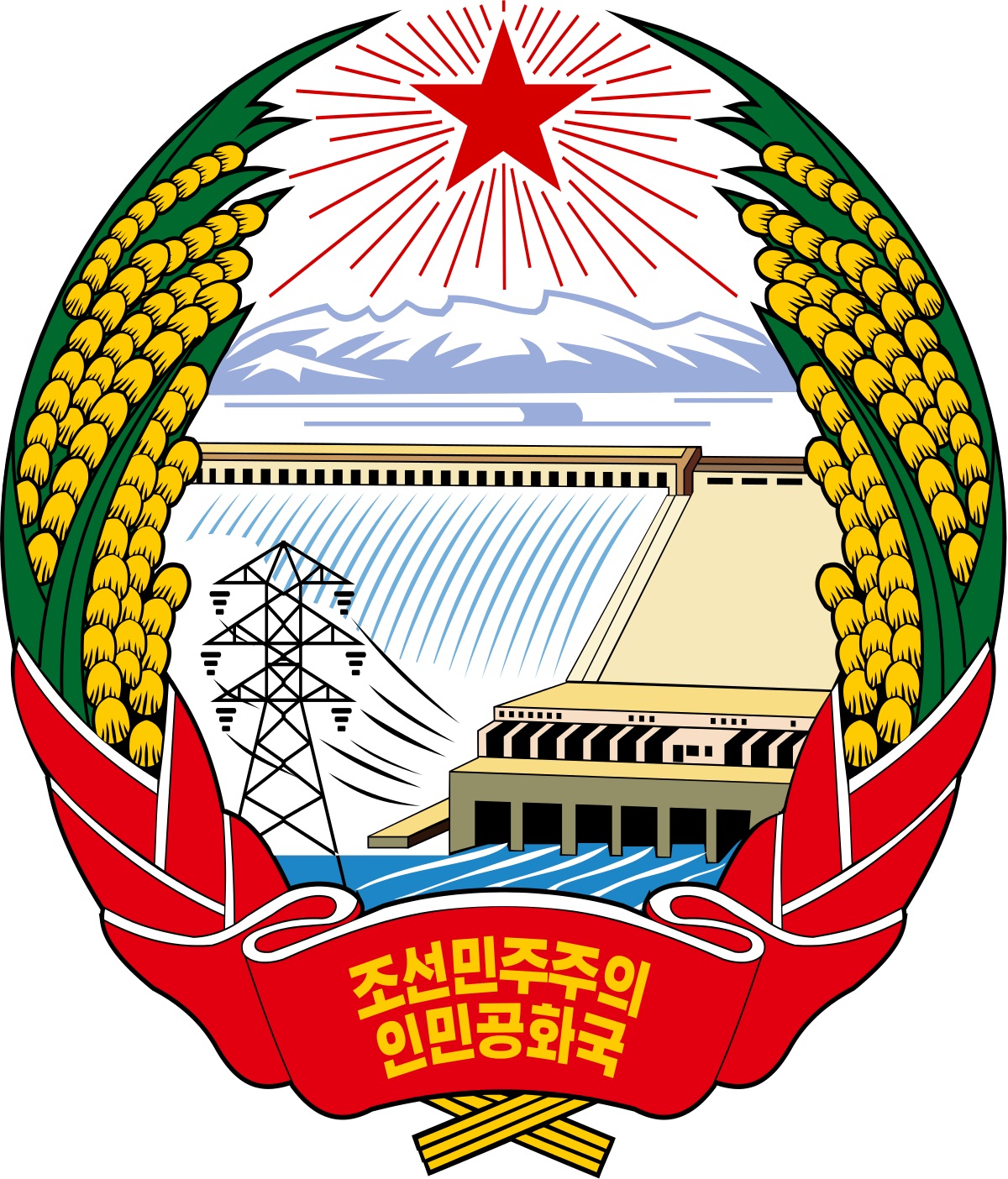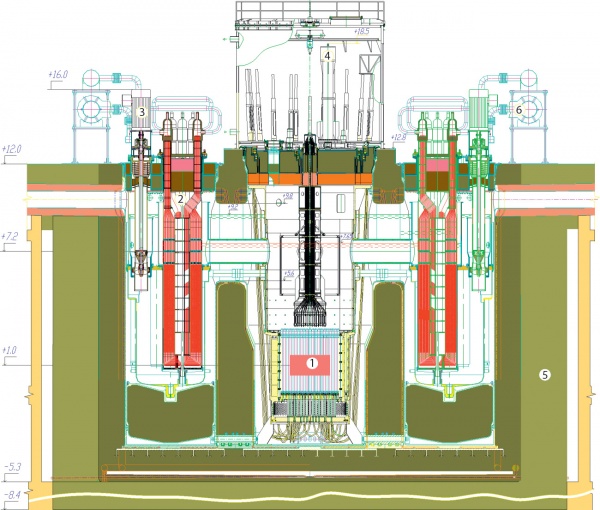I have often mentioned that the U.S. and Russia are both spending huge amounts of money in the near future to modernize their nuclear arsenals. Members of the U.S. defense establishment are currently testifying to Congress about the need for funds to be appropriated for this modernization.
The U.S. stockpiling of nuclear warheads began in the 1950s, during the early days of the Cold War. They have been maintained by the “Enduring Stockpile” program. The weapons are distributed among the three legs of our nuclear triad; land launched nuclear missiles, air launched nuclear bombs and missiles, and sea-launched missiles. Even if an enemy managed to destroy some of our nuclear weapons, those remaining would be able to totally destroy the enemy. The U.S. maintains its nuclear deterrence against the only two nations on Earth that have both the antagonism and the nuclear arsenals to consider striking the U.S.; Russia and China.
This Thursday, Frank Klotz, the head of the National Nuclear Security Administration was on Capitol Hill testifying before the House Armed Services Strategic Forces Subcommittee. He told the committee that half of the budget for the Department of Energy, thirteen billion nine hundred million dollars, would be used for modernizing nuclear weapons in fiscal year 2018. Most of the money will go to the Navy and Air Force. The DoE spent about thirteen billion dollars on such modernization in fiscal year 2017.
Klotz said in his testimony, “We’re very grateful for the level of spending that has been proposed in the president’s [fiscal 2018] budget. It will allow us to tackle some of our very important infrastructure recapitalization projects, such as the uranium processing facility at Y-12 in Oak Ridge, Tennessee. We expect to complete design this year and actually start construction next year We didn’t get into the situation we face with aging and in some cases crumbling infrastructure overnight, and we’re not going to get out of it in a day.”
The nuclear budget will be increased ten point eight percent to ten point two billion dollars. The Naval nuclear reactor program will go up by four point two percent to one point five billion dollars. There will be an increase of salaries for federal employees who staff these programs by eight point one percent to four hundred and eighteen billion dollars. The nuclear nonproliferation programs will remain at their 2017 levels of one point eight billion dollars.
Dr. Rob Soofer, Deputy Secretary of Defense, also testified to the House Armed Services Strategic Forces Subcommittee on Thursday. He pointed out that the only serious deterrent that the U.S. has against a massive nuclear attack is the threat of massive retaliation posed by a modern nuclear arsenal. He said that “strategy, forces and posture also must be flexible enough to maintain stability while adjusting to gradual and rapid technological and geopolitical changes.”
It is estimated that the recapitalization of the U.S. military nuclear program could run between two hundred and thirty billion dollars and two hundred and ninety billion dollars over the next several decades.
General Robin Rand, of the Air Force Global Strike Command, told the committee that “Fiscal constraints, while posing planning challenges, do not alter the national security landscape or the intent of competitors and adversaries. Nor do they diminish the enduring value of long-range strategic forces to our nation.”







